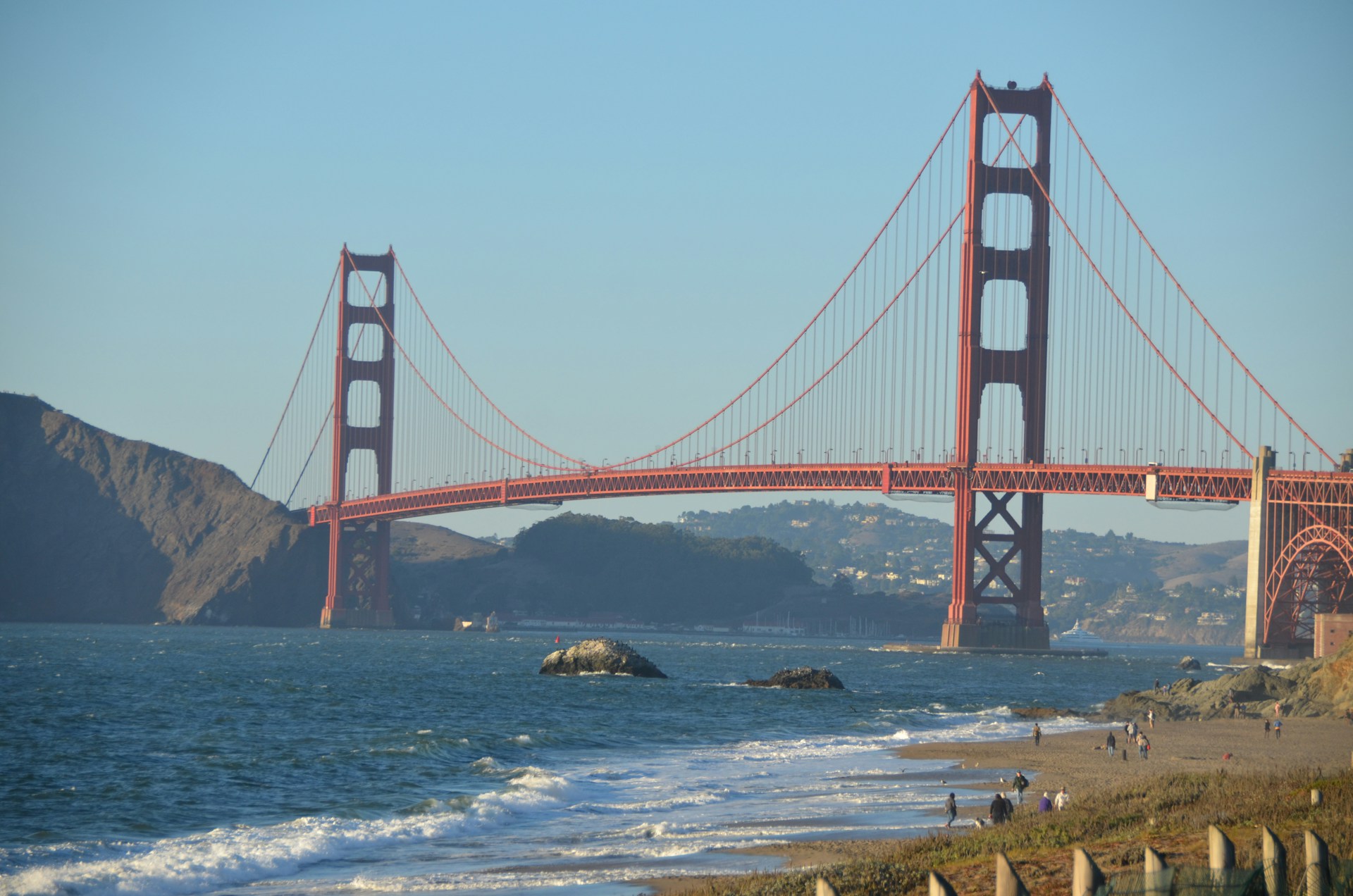By Robin Kundis Craig, University of Kansas, The Conversation

The 1972 Clean Water Act prohibits any “discharge of a pollutant” without a permit into water bodies such as rivers, lakes and bays that are subject to federal regulation. (File Photo: Tim C/Unsplash)
The U.S. Supreme Court will test how flexible the EPA and states can be in regulating water pollution under the Clean Water Act when it hears oral argument in City and County of San Francisco v. Environmental Protection Agency on Oct. 16, 2024. This case asks the court to decide whether federal regulators can issue permits that are effectively broad orders not to violate water quality standards, or instead may only specify the concentrations of individual pollutants that permit holders can release into water bodies.
My research focuses on water issues, including the Clean Water Act. This case involves both federal and state authority to issuing permits, and it will be interesting to see where the court focuses. While justices have been willing to limit the EPA’s authority under the act, they traditionally have allowed states broad authority to protect water quality. Thus, while some fear that this case is yet another occasion for the court to limit the EPA’s authority, California’s involvement may have exactly the opposite effect.
Standards for treating sewage
The 1972 Clean Water Act prohibits any “discharge of a pollutant” without a permit into water bodies such as rivers, lakes and bays that are subject to federal regulation. San Francisco has a combined sewage treatment plant and stormwater control system, the Oceanside plant, which discharges treated sewage and stormwater into the Pacific Ocean through eight pipes, or “outfalls.”
The California State Water Resources Control Board is in charge of seven outfalls that release treated water close to shore, in state waters. But the facility’s main pipe discharges in federal waters more than 3 miles out to sea, so it is regulated by the EPA.
To comply with the law, polluters must obtain permits through the National Pollutant Discharge Elimination System. The city and county of San Francisco have held a permit for the Oceanside facility since 1997.
Discharge permit requirements can be both quantitative and qualitative. For example, the EPA establishes standard effluent limitations that dictate how clean the discharger’s waste stream must be. The agency sets these technology-based limitations according to the methods available in the relevant industry to clean up polluted wastewater.
Numeric targets tell the discharger clearly how to comply with the law. For example, sewage treatment plants must keep the pH value of their wastewater discharges between 6.0 and 9.0. As long as the plant meets that standard and other effluent limitations, it is in compliance.
What counts as ‘clean’?
A second approach focuses not on the specific content of the discharge but rather on setting standards for what counts as a “clean” water body.
Under the Clean Water Act, Congress gives states authority to establish water quality standards for each water body within their territory. First, the state identifies the uses it wants the ocean, river, lake or bay to support, such as swimming, providing habitat for fish or supplying drinking water.
Next, state regulators determine what characteristics the water has to have to support those uses. For example, to support cold-water fish such as perch and pike, the water may need to remain below a certain temperature. These characteristics become the water quality criteria for that water body.
Sometimes technology-based effluent limitations in a polluter’s permit aren’t stringent enough to ensure that a water body meets its water quality standards. When that happens, the Clean Water Act requires the permitting agency to adjust its permit requirements to ensure that water quality standards are met.
That’s what happened with the Oceanside plant. During rainstorms, runoff sometimes overwhelms the plant’s sewage treatment system, dumping a mixture of sewage and storm runoff directly into the Pacific Ocean – an event known as a combined sewer overflow. These episodes can cause violations of water quality standards. Area beaches sometimes are closed to swimming when bacterial counts in the water are high.
These aren’t small-scale releases. In a separate legal action, the federal government and the state of California are suing San Francisco for discharging more than 1.8 billion gallons of sewage on average every year since 2016 into creeks, San Francisco Bay and the Pacific Ocean.
The complaint asserts that San Francisco has not significantly upgraded its combined sewer overflow system in the past 25 years, and that the system is failing to meet standards in the city’s and county’s Clean Water Act permits.
When the EPA and California issued the Oceanside plant’s current permit in 2019, they included two general standards. The first requires that Oceanside’s “[d]ischarge shall not cause or contribute to a violation of any applicable water quality standard.” The second states that “[n]either the treatment nor the discharge of pollutants shall create pollution, contamination, or nuisance” as defined under California law.
The city and county of San Francisco argue that their permit terms aren’t fair because they can’t tell how to comply. Their petition to the court asserts that Clean Water Act permits should function like recipes that restrict specific ingredients in a dish, rather than telling cooks not to make the dish “too salty.”
The Supreme Court will decide whether such narrative permit terms are legal.
What’s legal, what’s fair
In its brief, the EPA invokes Section 1311(b)(1)(C) of the Clean Water Act, which allows permit writers to insert “any more stringent limitation, including those necessary to meet water quality standards,” into the permit. The agency argues that this phrase allows for narrative permit terms – a position that was upheld by the U.S. Court of Appeals for the 9th Circuit.
The city and county argue that “any more stringent limitation” still has to be a numeric, end-of-the-pipe requirement. They also contend that the very general requirements in the Oceanside plant’s discharge permit fail to give notice of what’s actually required for compliance, leaving the city vulnerable to penalties and lawsuits.
The key question, then, is how much flexibility regulators and regulated entities get. If state environmental agencies and the EPA have to translate every water quality criterion into a numeric effluent limitation, permit writers could be overwhelmed. Or, as the EPA warns in its brief, they could impose very stringent requirements to ensure that the discharge won’t violate water quality standards.
For example, some sewage treatment plants can and do treat sewage to drinking water standards. Requiring San Francisco to do this would ensure that discharges from the Oceanside plant did not make waters offshore unusable. It also would make clear how to comply with the law. However, it would require expensive upgrades to the plant.
It’s unusual to see a liberal, pro-environment city such as San Francisco challenge the EPA, with support from trade groups such as the National Mining Association that also see the EPA’s approach as too vague. Conversely, all 14 states that joined one of the two state amicus briefs filed in this case are on the agency’s side – a sign that state environmental regulators want flexibility in setting targets for polluters.
If the justices are content to merely interpret what Congress meant by allowing “any more stringent limitation” in permits, then the EPA has the stronger case. If they focus on fairness, however, San Francisco has a good argument – especially before a court that has already issued multiple decisions curbing federal regulatory power.![]()
Robin Kundis Craig, Professor of Law, University of Kansas
This article is republished from The Conversation under a Creative Commons license. Read the original article.





















